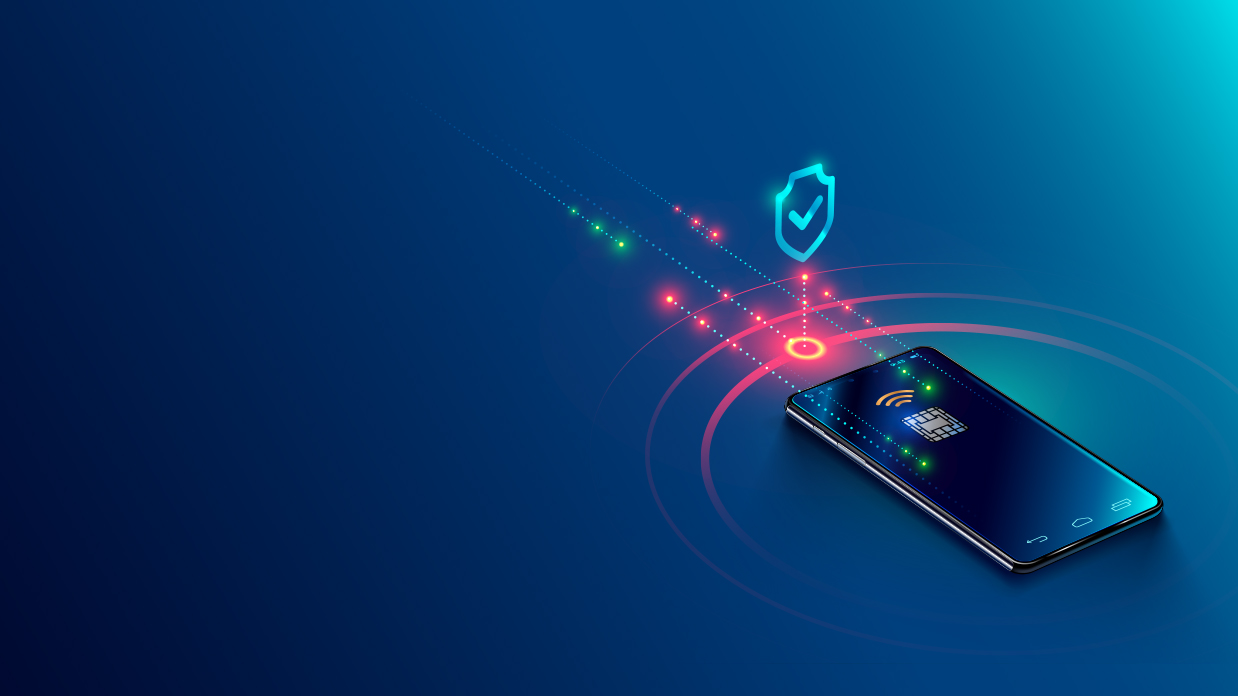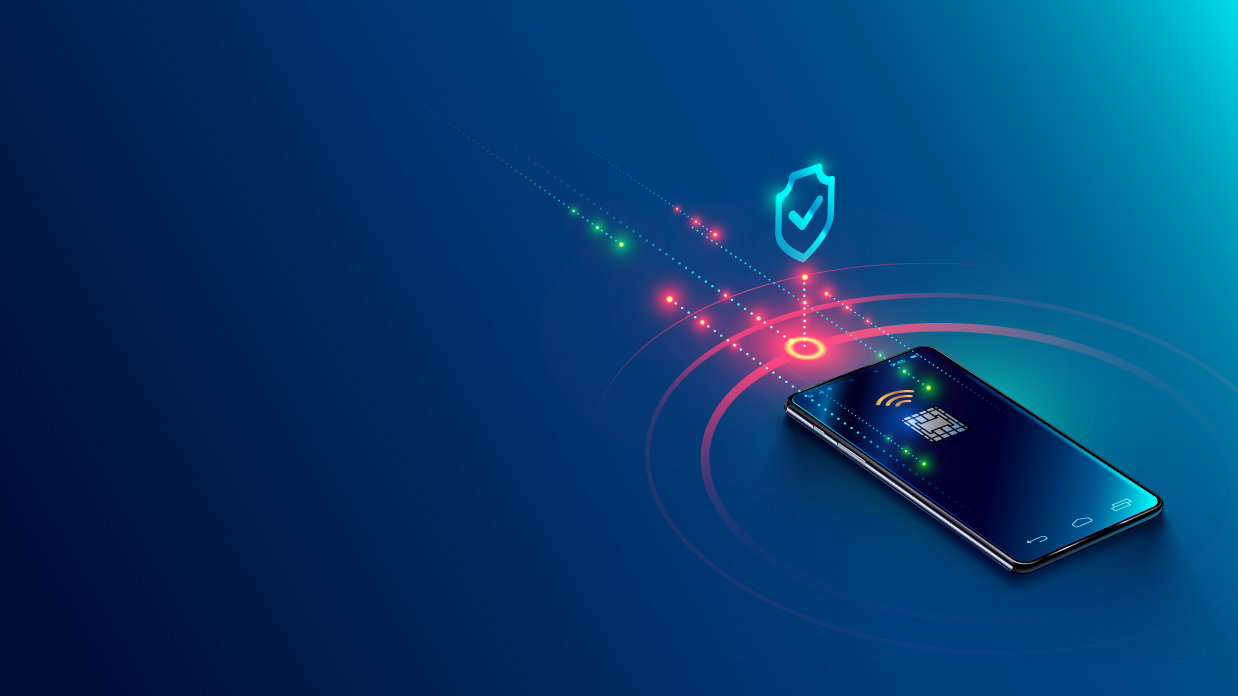Efficiency in business operations is directly linked to the level of streamlined activities in day-to-day working. For instance, if there is a duplicity of effort, no proper record maintenance, and no long-term vision, the business would continue to struggle even with promising growth opportunities in the market.
In order to attain high efficiency, it is essential to have a high level of streamlined business activity across functions such as sales, purchase, marketing, administration, human resources and supply chain.
Purchase orders help you streamline your purchase requirements while placing orders with vendors or suppliers for the various requirements of the business.
Further, a purchase order helps bring efficiency to purchase activities, avoids duplication of efforts, and brings transparency. Understanding purchase orders in great detail can help you achieve the benefits offered by this instrument and achieve high efficiency in the purchase function of your business.
Here is all you need to know about purchase orders and how they work:
What is a Purchase Order?
By definition, purchase order is a commercial document used by businesses to source goods or services as per requirements from various sellers or suppliers.
The purchase order includes vital information such as order date, quantity, price, shipping information, seller details and PO number. It is used for starting the purchase exercise for various goods or services required by the business.
The purchase order process starts with the business issuing the purchase order to the seller and ends with the company making the payment to the seller for the purchases made against the order.
How do Purchase Orders Work?
There are several steps involved in a purchase order process. It is important to understand how a purchase order works to take full benefits of this document. The various steps in this mechanism are as follows:
1. Buyers Create a Purchase Request
Before issuing a purchase order, a purchase request is made within the company for relevant approval. Only after the request is approved at the appropriate level, the company issues a purchase order to the seller.
2. Buyer Issues Purchase Order
After the internal approval is secured on the purchase request, it is now time to move further in the process. The following steps include issuing a purchase order to the seller. The purchase order consists of all relevant information about the order being placed.
3. The Seller Accepts the Purchase Order
It is important in the purchase order process that the seller accepts the purchase order. The seller needs to sign the purchase order as a confirmation of the order. The seller can either accept or reject the purchase order. Once accepted, a purchase order becomes a legally binding document for both parties.
4. Receive Goods or Services
Depending on the purchase order, the seller would provide the goods or services. The details of the delivery would be as per the points mentioned in the purchase order.
5. Payment
After the goods or services have been received, the business would then pay the vendor for the product or service according to the terms of the purchase order.
6. Record keeping
After the payment has been made to the vendor, you can place it in the company's official records. The details can be required by a colleague in the future or by the finance team for tallying records.
Benefits of Purchase Order
A purchase order helps in bringing efficiency to the purchasing department’s operations. You can use a purchase order tracking software or an order processing software to stay on top of activities. It also helps in increasing transparency across the firm.
Here are some benefits of a purchase order:
1. Reduces Duplicate Orders
With purchase orders in place for the various purchases being made by the business, there is a drastic reduction in the number of duplicate orders a company may place. As all purchases are centrally managed with the help of purchase orders, the business can keep track of what has been ordered and from whom.
2. Increases Transparency
Purchase orders increase transparency in business operations. As all the departments can access the information on the kind of purchases being made by the business, it increases transparency in the firm's business operations.
3. Keeps Track of Incoming Orders
A well-managed PO system can help you increase the efficiency of your inventory management process and keep track of the incoming orders.
4. Works as a Legal Document
Once the PO has been accepted by the seller and buyer, it can also serve as a legally binding document for both parties.
Purchase Order vs. Invoice
A purchase order is a document that is prepared by the buyer and shared with the seller for procuring goods or services transparently and efficiently. On the other hand, an invoice is a document that is prepared by the seller and shared with the buyer as an official payment request for the goods or services delivered as part of the PO.
The purchase order is prepared at the start of the process, that is, when the order is placed, while the invoice is made at the end of the process, that is, after the order has been fulfilled.
What Does a Purchase Order Look Like?
It is important to understand what a purchase order looks like with the help of a purchase order example. A PO usually includes details of the buyer, seller, goods/services being purchased, quantity, rate, shipping terms, payment terms, etc.
Here are the broad components of a purchase order:
1. Header
The header usually includes buyer details, such as name, address, PO date and PO number.
2. Vendor Information
This section includes the details of the seller such as name, address and tax identification number.
3. Shipping Information
This section includes where the goods are to be delivered, shipping date, delivery date, shipping terms, etc.
4. Order Information
This consists of the various goods ordered, price, product code, quantity, etc.
5. Summary
At the end is the summary of the total value of the goods/services purchased along with the payment terms.











